Due to the impact of storms and floods, the supply of green vegetables in the Northern market is in short supply. Farmers can take advantage of this opportunity to boost production and increase income.
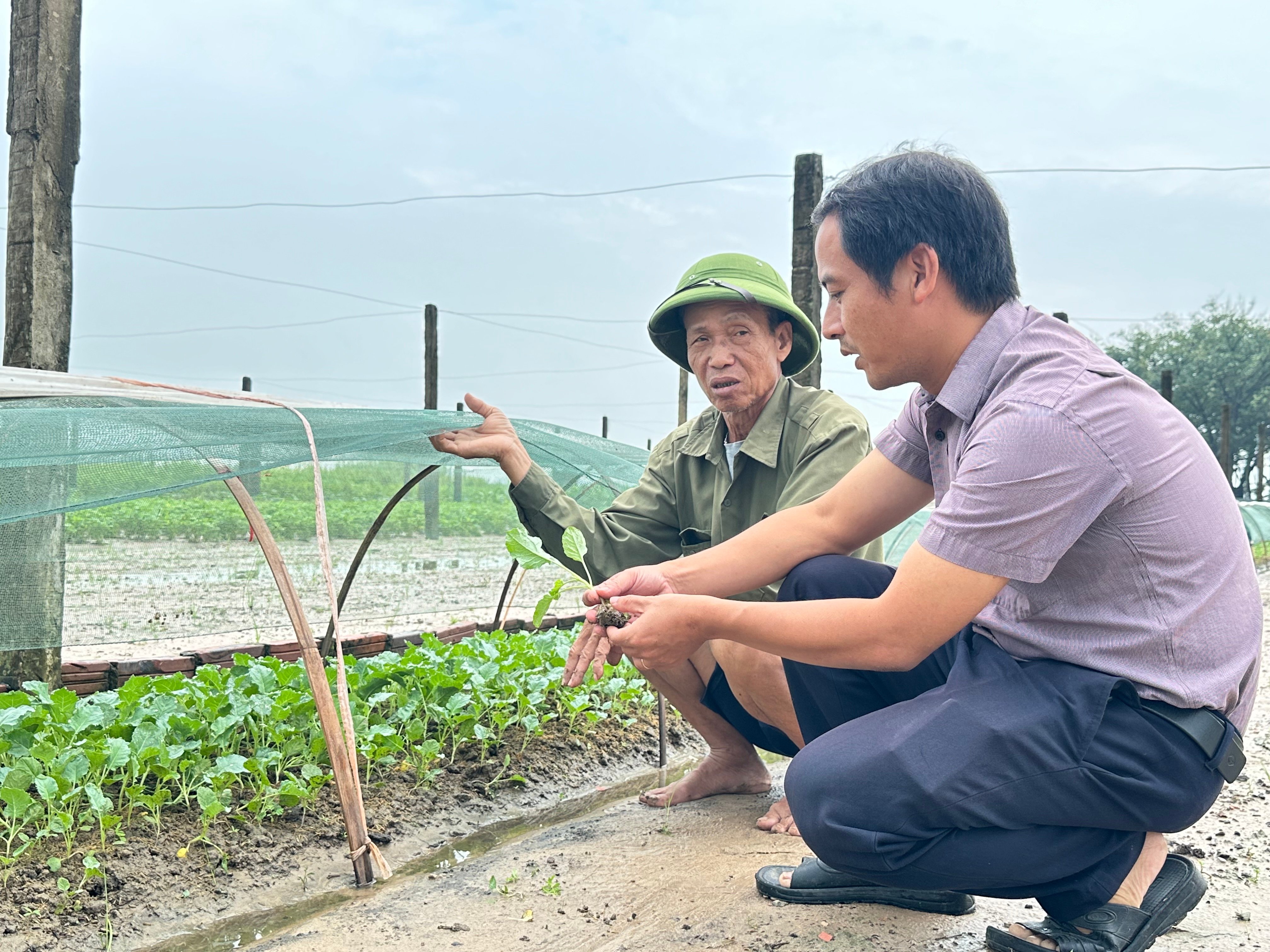
Engineers from the Provincial Agricultural Extension Center guide farmers on measures to protect vegetable crops from stormy weather.
The damage caused by the historic typhoon Yagi and the subsequent floods to agricultural production in the northern provinces was enormous. Many large vegetable growing areas were flooded and severely damaged, and are expected to take a long time to recover. This has caused a shortage of vegetable supply in the market, and the prices of green vegetables have increased higher than normal.
As for Ninh Binh , although it was also affected by the storm, the damage was not significant. Therefore, these days, many key vegetable growing areas such as Yen Quang commune (Nho Quan district); Yen Ninh town, Khanh Hong and Khanh Hai communes (Yen Khanh district); Khanh Duong and Yen Thang communes (Yen Mo district)..., cooperatives and farmers are actively taking care of and restoring existing vegetable areas, planting new crops of vegetables to have a source of vegetables to supply the market and increase income.
We were present at the colored fields adjacent to Ha Temple (Khanh Duong Commune, Yen Mo District). If at this time every year, this place is covered with the green color of winter vegetables, this year, due to the continuous rain, production is difficult. In addition to water spinach, the remaining crops such as pumpkin, mustard greens, sweet corn... although people planted them a month ago, could not grow, every plant was crushed and covered with mud. Many fields were even unable to be planted.
While hurriedly pulling the plastic sheet to cover the vegetable seed bed when seeing the dark clouds covering the sky, Mr. Dinh Van The (Hamlet 4) shared with us: Having been involved in vegetable growing for more than 20 years, he has never seen a year with production as difficult as this year, with continuous rain. However, he always tries to overcome and proactively respond to the weather by making high beds, covering with plastic, nets... He has successfully kept this vegetable seed bed through the third storm. He plans to multiply it into 4 sao of commercial vegetables in a few days when the weather clears up.
According to Mr. The, because the kohlrabi and cauliflower varieties he chose are all high-yield, short-term, high-quality varieties, it only takes more than a month to have vegetables to supply to the market.
"The whole year depends on each winter crop, but if the winter crop fails, then at Tet there will be no money to spend. Last year, my family earned more than 70 million VND from 7 sao of vegetables. This year the weather is more difficult, but if we can maintain production, I believe the income will be even higher," said Mr. The.
Along with Khanh Duong, these days in the vegetable growing area of Van Tra Cooperative (Yen Thang Commune), farmers are also proactively taking many solutions to overcome difficulties and boost production. Mr. Nguyen Van Truong, Deputy Director of Van Tra Cooperative said: Faced with complicated weather developments, we have implemented many flexible solutions to cope. These include ensuring water pumping and drainage, selecting suitable vegetable varieties that can withstand flooding such as: water spinach, pennywort...
For plants that are difficult to grow and are easily damaged by waterlogging, people cover them with nets and plastic. Thanks to that, up to now, no vegetable area of the cooperative has been flooded or lost, and the cooperative still supplies 2-3 tons of vegetables to the market every day. Thanks to the increase in prices, many families earn a profit of 7-15 million VND/sao of vegetables.
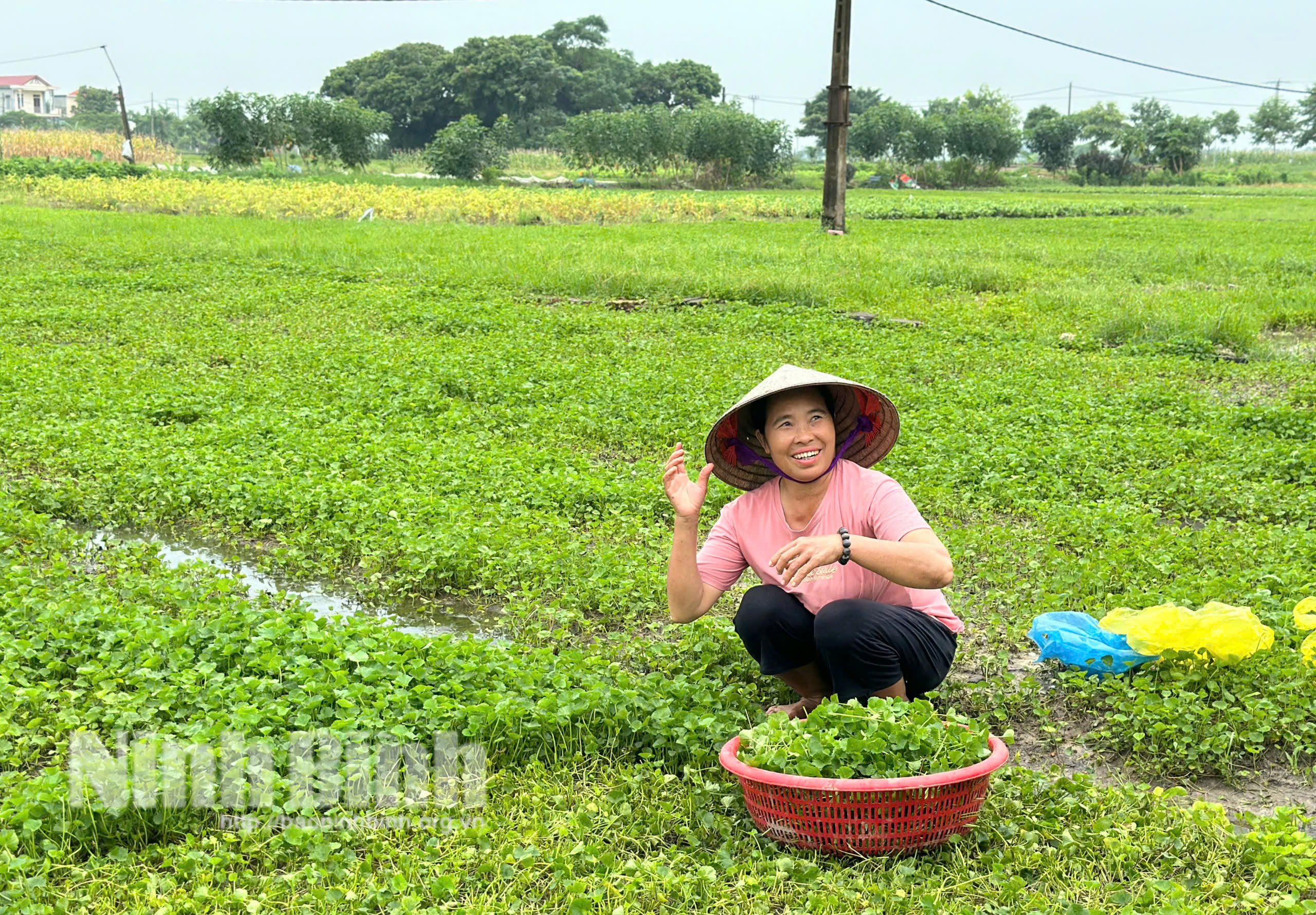
Currently, the Cooperative continues to guide and encourage people to take advantage of well-drained rice fields, take advantage of land preparation, and expand the area. Priority is given to vegetable varieties with good growth characteristics and short growing time to promptly meet the current shortage of supply.
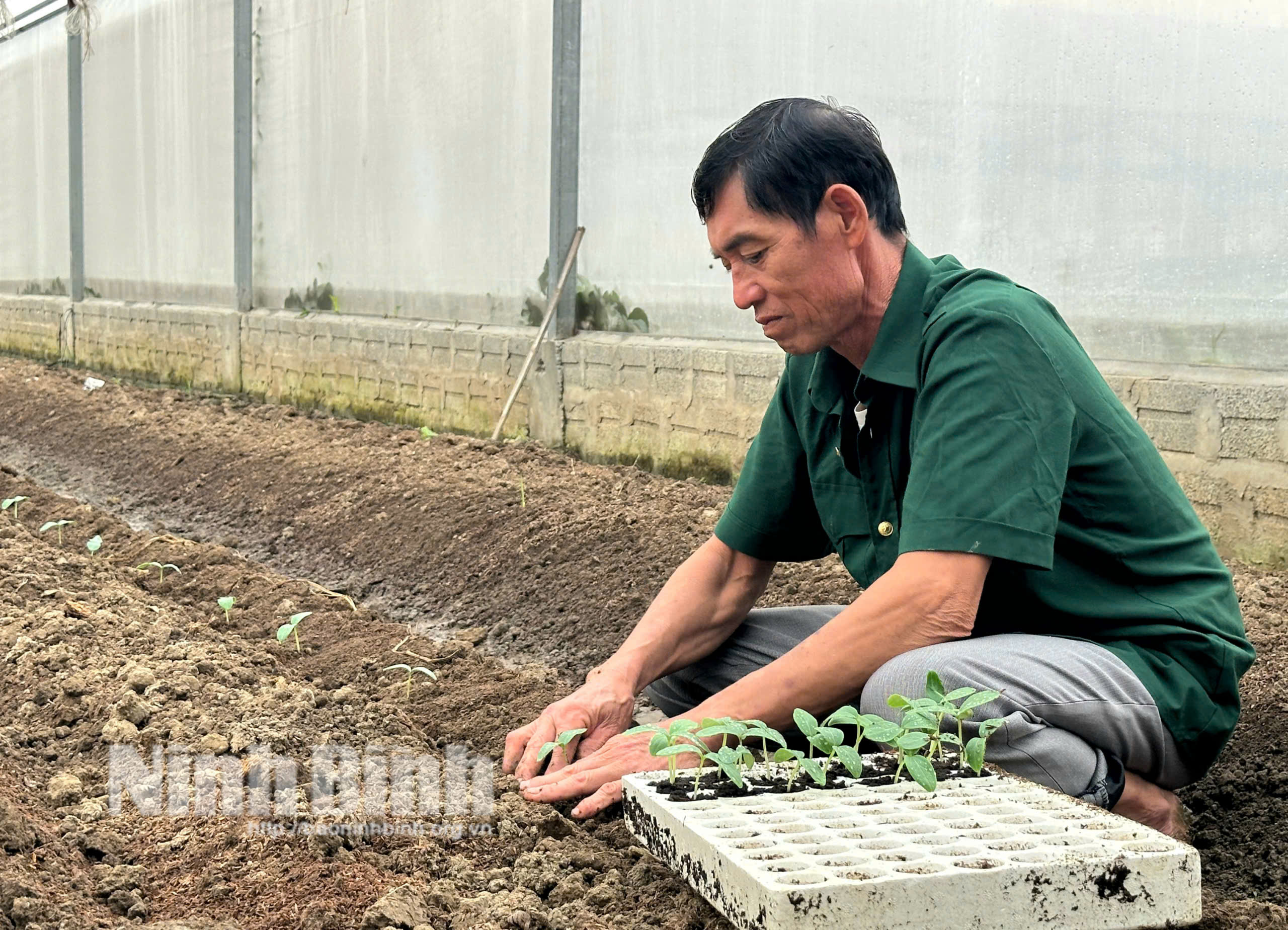
In parallel with mass, outdoor vegetable production, to proactively produce in the face of complex weather developments, many farmers have now proactively invested in greenhouses and net houses to grow vegetables. For example, Mr. Duong Van Hien's family, Hamlet 1, Khanh Thinh Commune, Yen Mo, has 2,600 m2 of net house. These days, when production in many places has been suspended, he is still growing vegetables and flowers normally. Mr. Hien shared: This season, growing plants in net houses is extremely safe, no worries about rain, no worries about waterlogging, pests. Currently, the family is urgently planting bell peppers and cucumbers to promptly meet market demand during the transitional season.
According to the plan, this year's winter crop, the whole province planted over 7 thousand hectares, but to overcome the damage caused by storm No. 3, ensure the growth of the agricultural sector in 2024 and stabilize the supply of agricultural products and food for the market at the end of the year, the Department of Agriculture and Rural Development proposed that localities, based on the actual situation, increase the area of winter crops, in which promote the development of crops associated with processing and consumption of products, in order to improve economic efficiency on the cultivated area.
Mr. Pham Hong Son, Deputy Head of Technical Department, Provincial Agricultural Extension Center, advised: It is forecasted that in the coming time, the weather will still have many complicated developments, so farmers must closely monitor the weather developments before deciding to plant seeds. It is necessary to make high beds, ensure drainage, and at the same time, use materials to cover the bed surface such as nylon, straw, peanut and bean stalks to ensure the vitality of the seedlings. In particular, instead of sowing seeds directly, farmers should sow in pots, nurseries first, then bring them to the field to ensure the season, as well as productivity.
For leafy vegetables, under normal conditions, they can be harvested after 20 days. Therefore, farmers should take advantage of the drained fields, prepare the land and sow seeds early, and calculate market demand, especially for vegetables, tubers and fruits for the upcoming Lunar New Year, to help increase income .
Nguyen Luu
Source: https://baoninhbinh.org.vn/gia-tang-san-xuat-dam-bao-nguon-cung-rau-xanh-sau-mua-bao/d202409221134100.htm





![[Photo] Ready for the top competitions of Vietnamese table tennis](https://vphoto.vietnam.vn/thumb/1200x675/vietnam/resource/IMAGE/2025/5/18/9c547c497c5a4ade8f98c8e7d44f5a41)
![[Photo] Many young people patiently lined up under the hot sun to receive a special supplement from Nhan Dan Newspaper.](https://vphoto.vietnam.vn/thumb/1200x675/vietnam/resource/IMAGE/2025/5/18/6f19d322f9364f0ebb6fbfe9377842d3)
![[Photo] Party and State leaders attend the special art program "You are Ho Chi Minh"](https://vphoto.vietnam.vn/thumb/1200x675/vietnam/resource/IMAGE/2025/5/18/6895913f94fd4c51aa4564ab14c3f250)










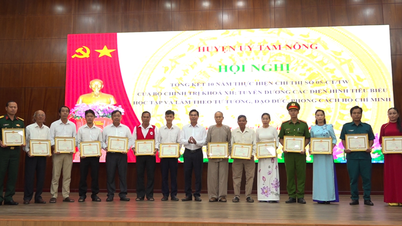












![[Infographic] Numbers about the 2025 High School Graduation Exam in Dong Thap Province](https://vphoto.vietnam.vn/thumb/402x226/vietnam/resource/IMAGE/2025/5/17/c6e481df97c94ff28d740cc2f26ebbdc)
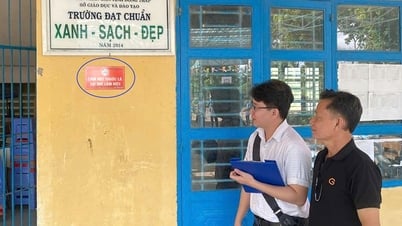

















































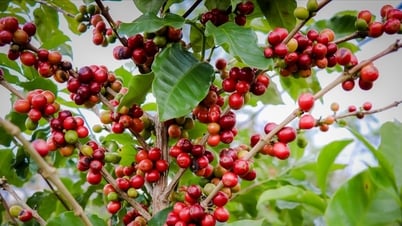


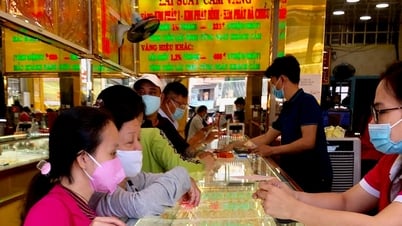









Comment (0)